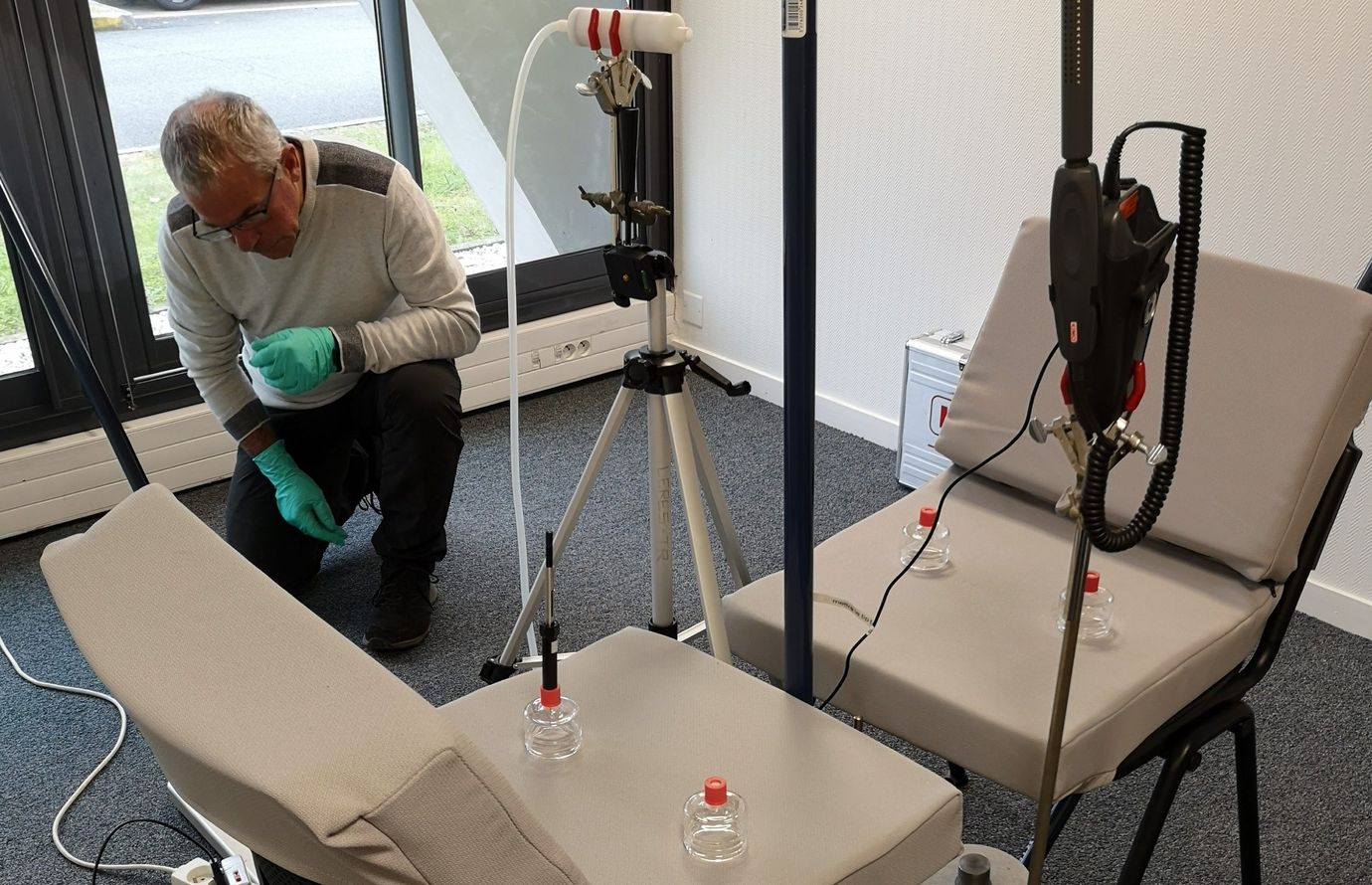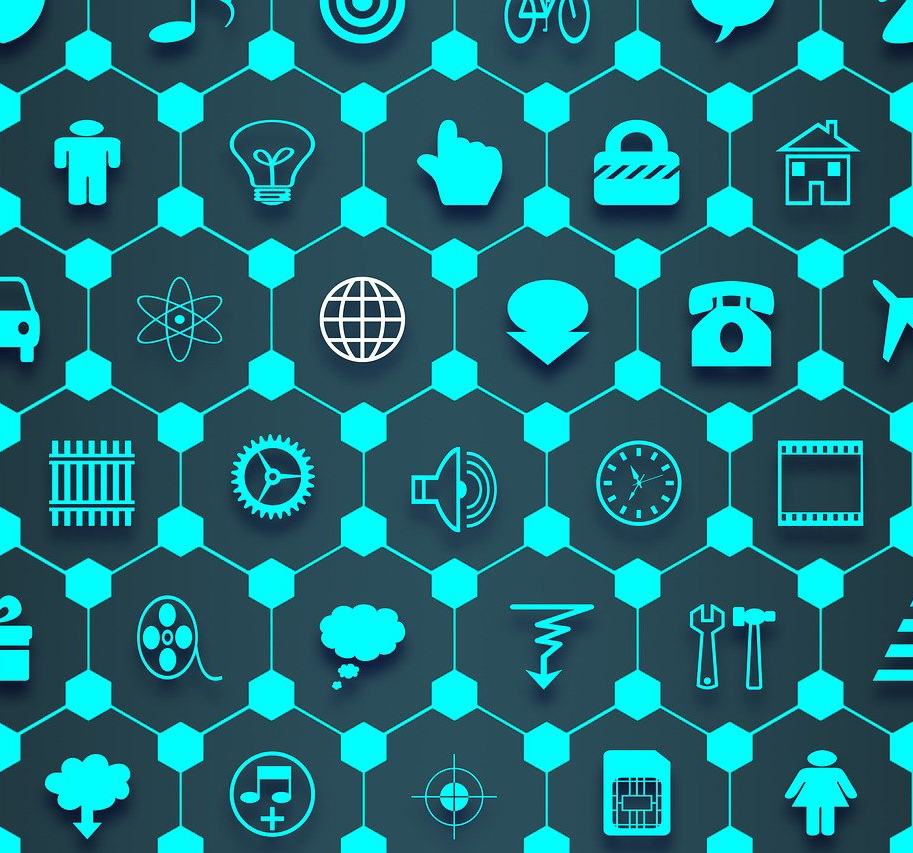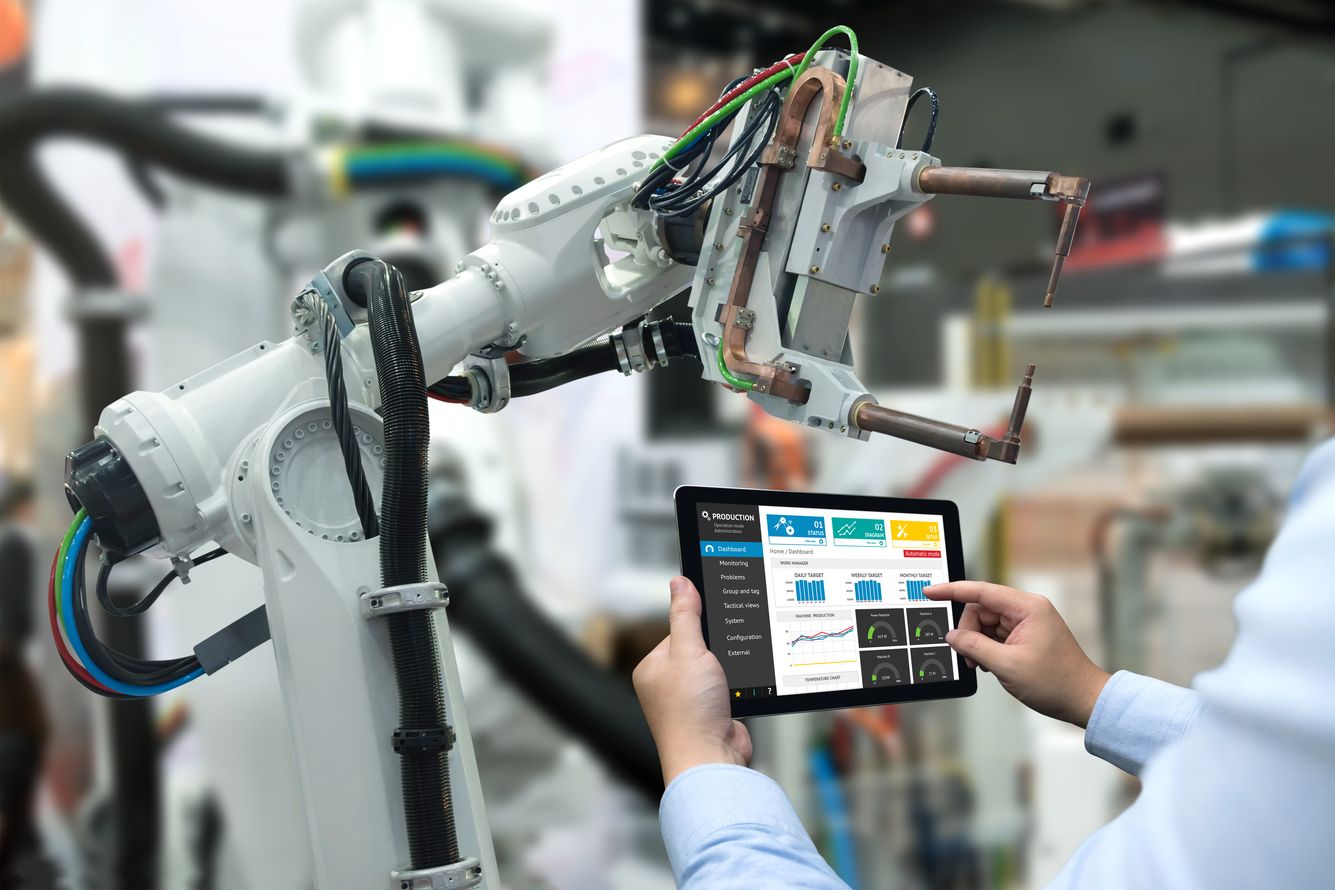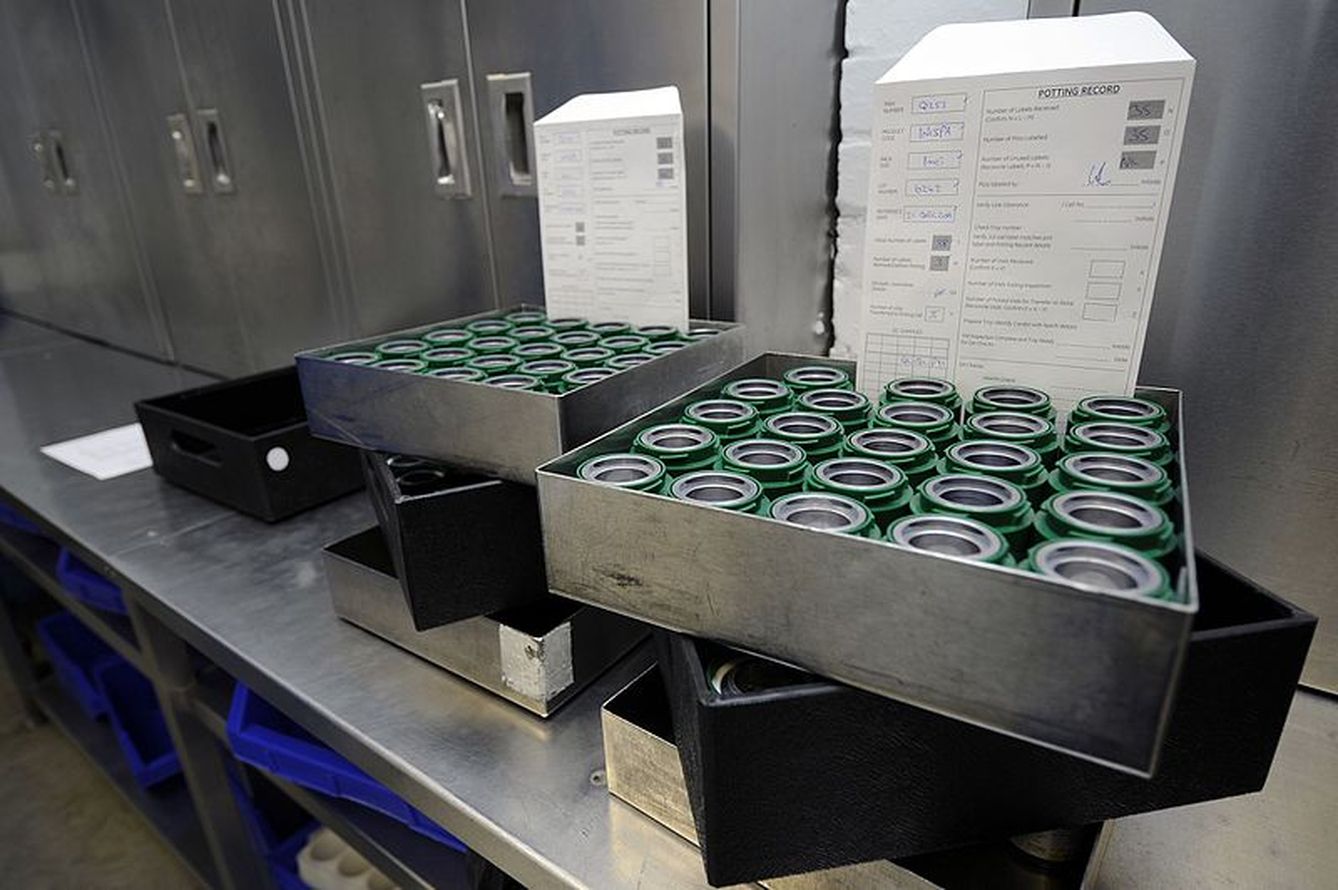Do flame-retardant pillows pollute our homes?
Chemical additives called flame retardants prevent our furniture from burning too quickly in the event of a fire. But do these molecules pollute the air inside our homes and offices? To answer this question, an ANSES-ADEME research project was launched in 2019 and IMT Mines Alès is taking part in it. In a testing laboratory that reproduces the conditions of a room at full scale, the researchers are establishing a new methodology for studying pollutants found in furniture.
Since we are all at home under lockdown orders, the issue of indoor air pollution has become more important. We know that in general, cleaning products and burning candles pollute our homes, and that it is important to ventilate our living spaces, in order to renew the air. But our furniture and other decorative items also contain substances that can impact indoor air quality and health.
Certain additives are added to upholstered furniture – such as foams used in seats and bedding – in order to limit the spread of flames in the event of a fire. Until the 2000s, brominated compounds, PBDEs (PolyBromoDiphenyl Ethers), were used for this purpose. As they were considered to be too toxic, PBDEs were prohibited in Europe and in many other countries in 2005 and were replaced by new substances such as organophosphorus compounds.
In order to assess the risks of exposure to these new substances, the French Agency for Food, Environmental, and Occupational Health and Safety (ANSES) and the French Environmental and Energy Management Agency (ADEME) have teamed up to fund a research project in which Valérie Desauziers and Hervé Plaisance, researchers who study indoor air quality at IMT Mines Alès, are taking part. Their aim is to evaluate the transfer capacity of these organophosphorus compounds in upholstered furniture to the air.
Living room or laboratory?
The researchers are working in a real environment in order to study different ways molecules can travel. Seats containing flame retardants, made especially for the project, have been installed in two identical unoccupied offices to reproduce an indoor environment. In one of the offices, the seats were first subjected to accelerated aging to evaluate the long-term impact of the emission of these materials. Apart from that, everything is similar: “The temperature, humidity level and air change rate are measured throughout the test,” says Valérie Desauziers. “We’re never in an entirely enclosed, airtight environment, we have to take that into consideration in our study so that it is as similar as possible to real exposure conditions.”
The organophosphorus compounds studied are distinctive in that they are semi-volatile substances. “The more the volatility of the compounds decreases, the more we experience analytical problems, especially sampling,” explains Hervé Plaisance. These semi-volatile compounds are spread out between the air and interior surfaces: “it’s a rather complex distribution in the indoor environment between gaseous and particulate fractions,” he adds. To assess the behavior of these pollutants inside a room as well as the risk of exposure, it is not enough to study only their concentration in the air.
To take these properties into account, the researchers have developed an original sampling methodology. They use a small glass cylindrical cell that is simply placed on the material to be characterized. A fiber made from an absorbent material is then inserted into this cell in order to trap the molecules emitted by the material. The fiber is then analyzed in the laboratory. “This technique allows us to determine the concentration of pollutants at the interface between the material and the air, and therefore characterize the materials that are sources of pollutants as well as the deposition of pollutants on the other surfaces inside a room,” says Valérie Desauziers.

Photograph of the cell used to carry out measurements of the transfer of molecules to the air.
Over the course of the nine-month on-site study, measurements of the concentrations of flame retardants are carried out periodically in the air, on the surface of the emitting material and on the floor, walls, ceiling and bay window in an effort to understand the behavior of these semi-volatile molecules.
Choosing the least polluting materials
The sampling and analysis methodology developed is useful for identifying sources of pollutants in an indoor environment. “It can also help us choose and develop materials that emit fewer pollutants,” adds the researcher. “By measuring the concentrations in the air and on the surfaces, we can carry out a mass balance, which will allow us to better understand the transfer dynamics of these molecules and their distribution in indoor environments,” adds Hervé Plaisance. Ultimately, the goal is to be able to model these phenomena, incorporating parameters such as air change, the deposition of molecules on surfaces, and source emission.
“As far as the current project is concerned, it’s too early to give precise results about the quantities of flame retardants emitted by the upholstered furniture studied, but we have already shown that transfer to the air occurs,” say the researchers. This means that there is a risk of exposure through inhalation, but the risk has not yet been assessed. For these type of molecules, this field study in real conditions is the first of its kind. This research will then have to be continued, drawing on expertise in the field of health hazards in order to assess the health impact of these emerging pollutants.
Tiphaine Claveau for I’MTech







